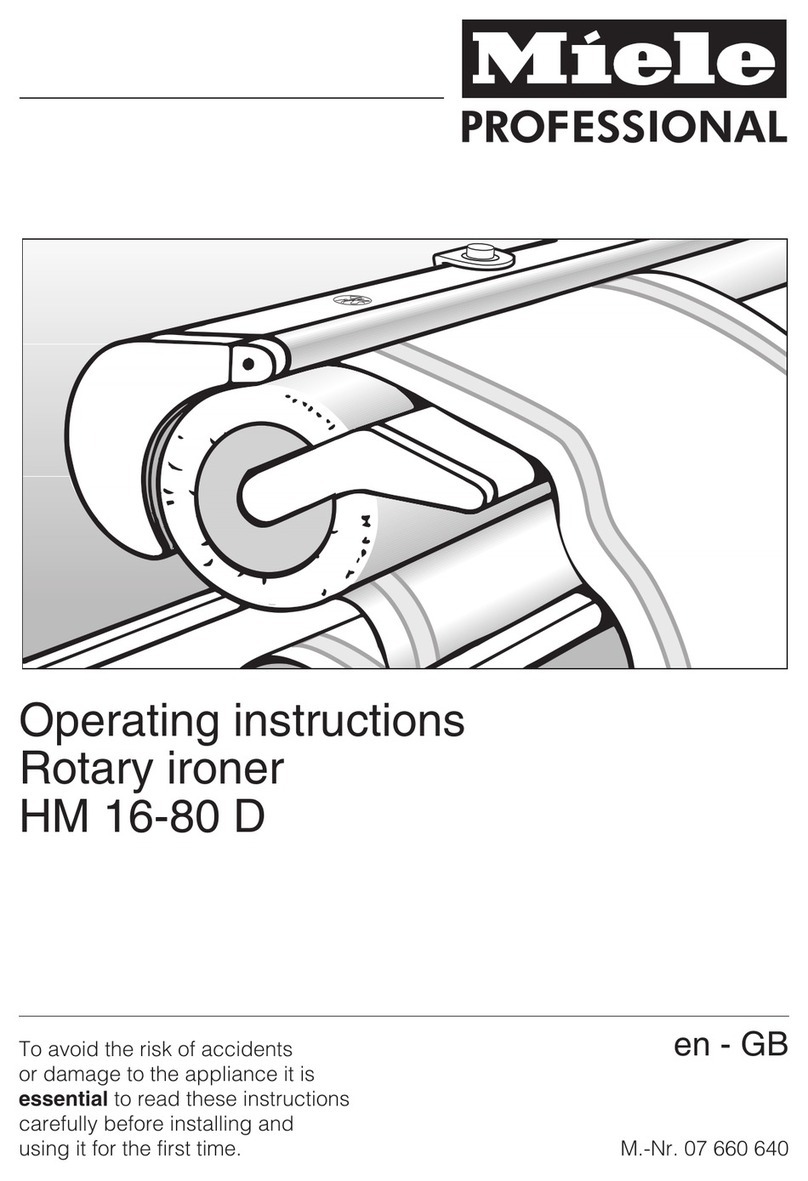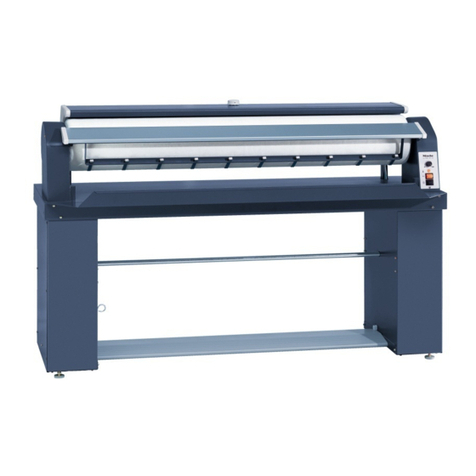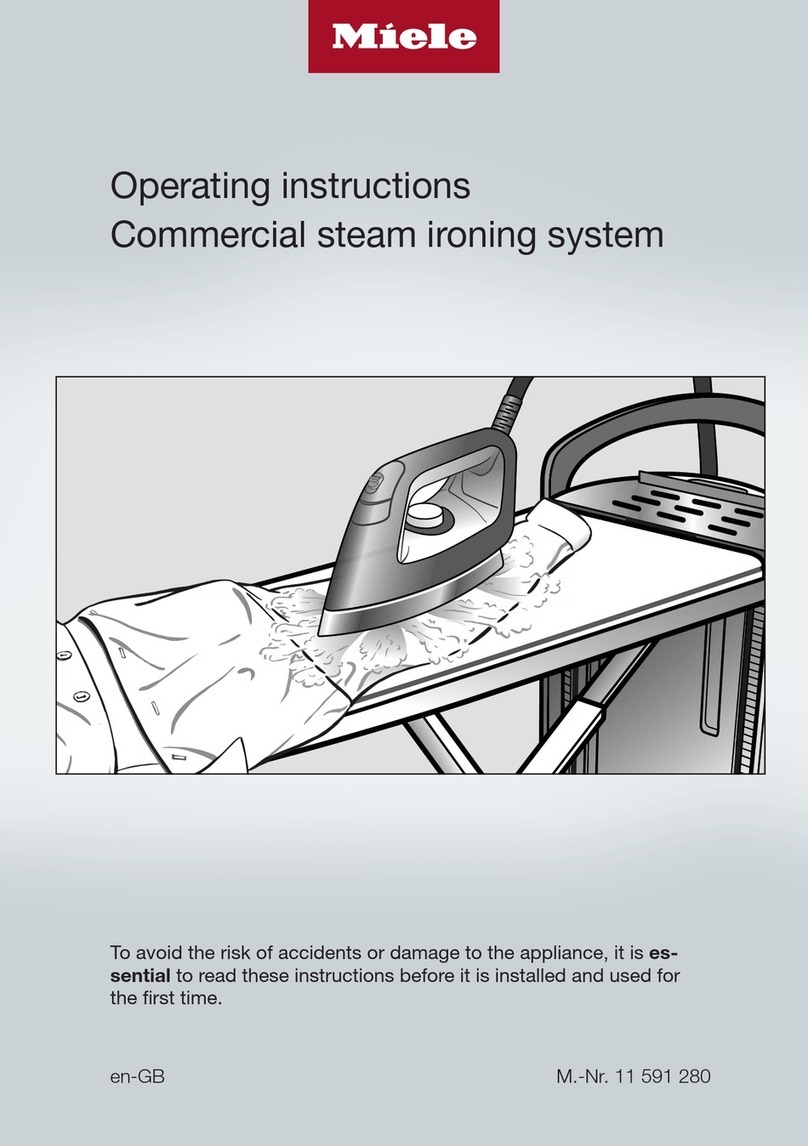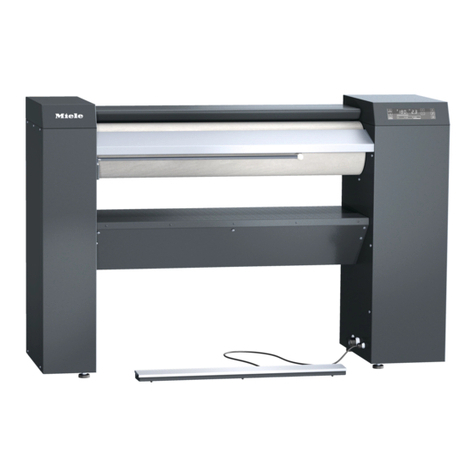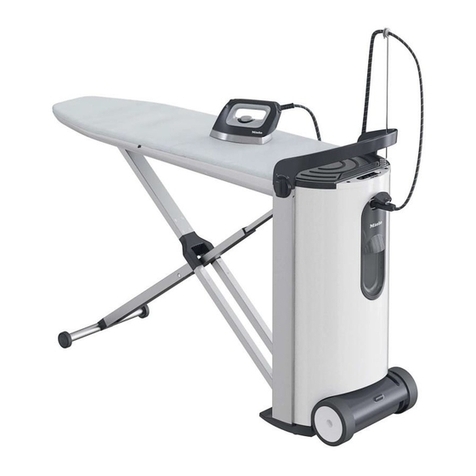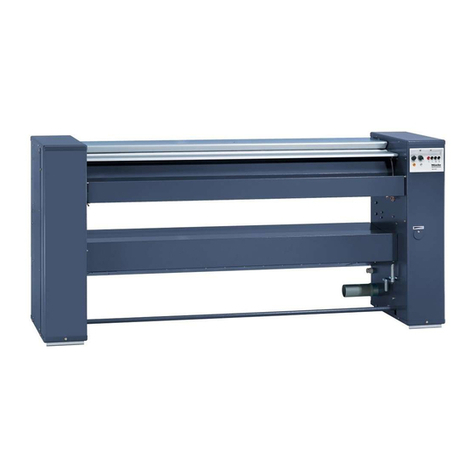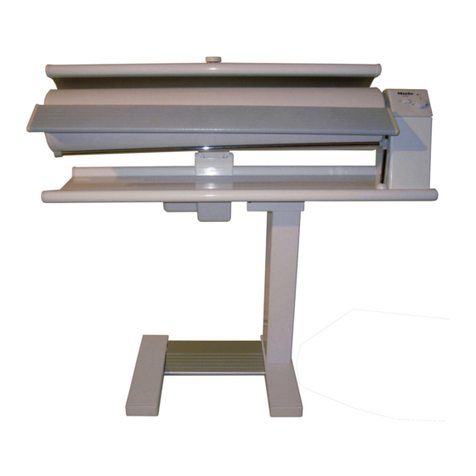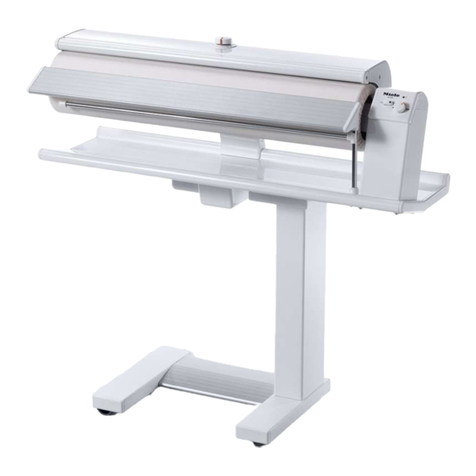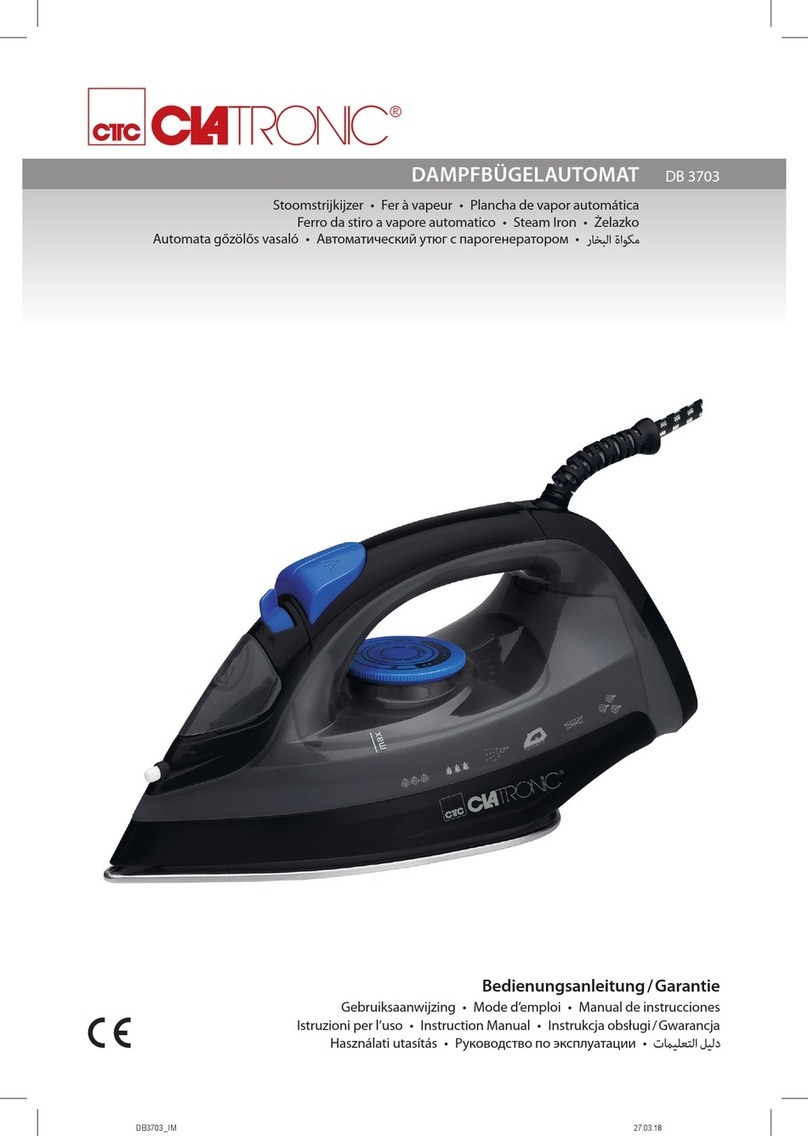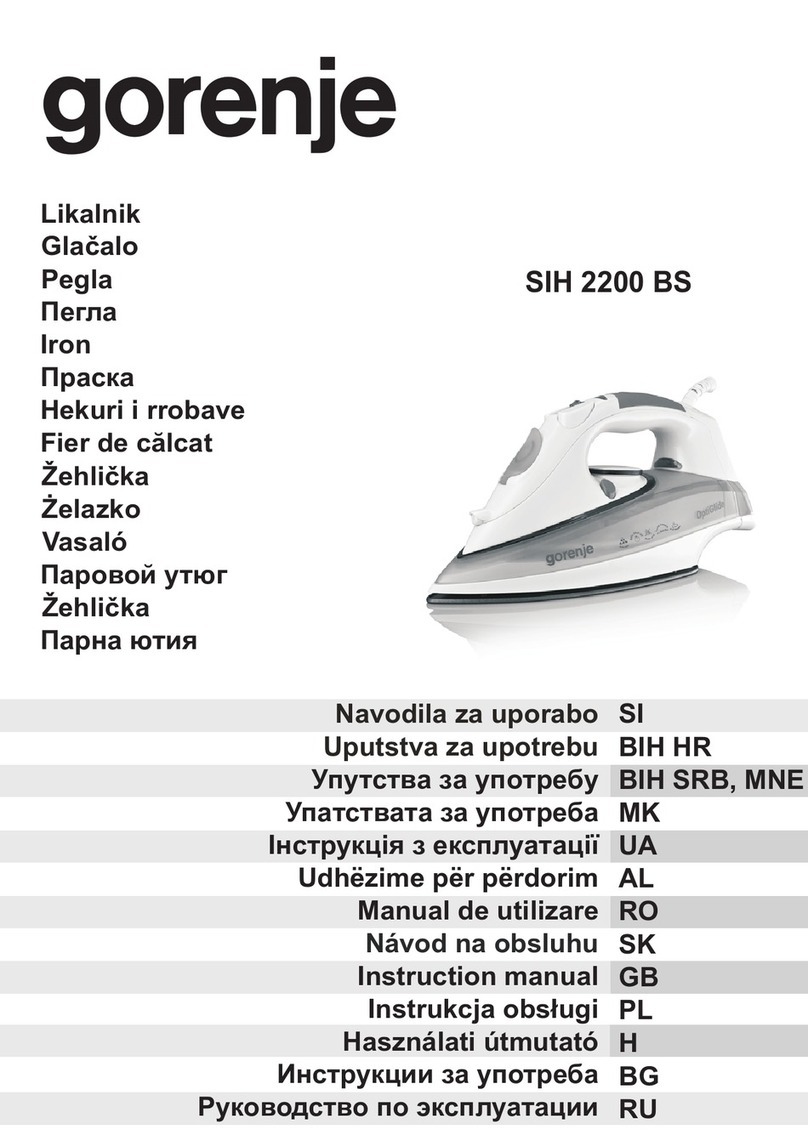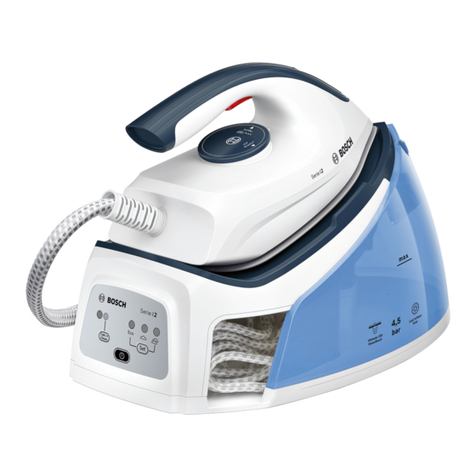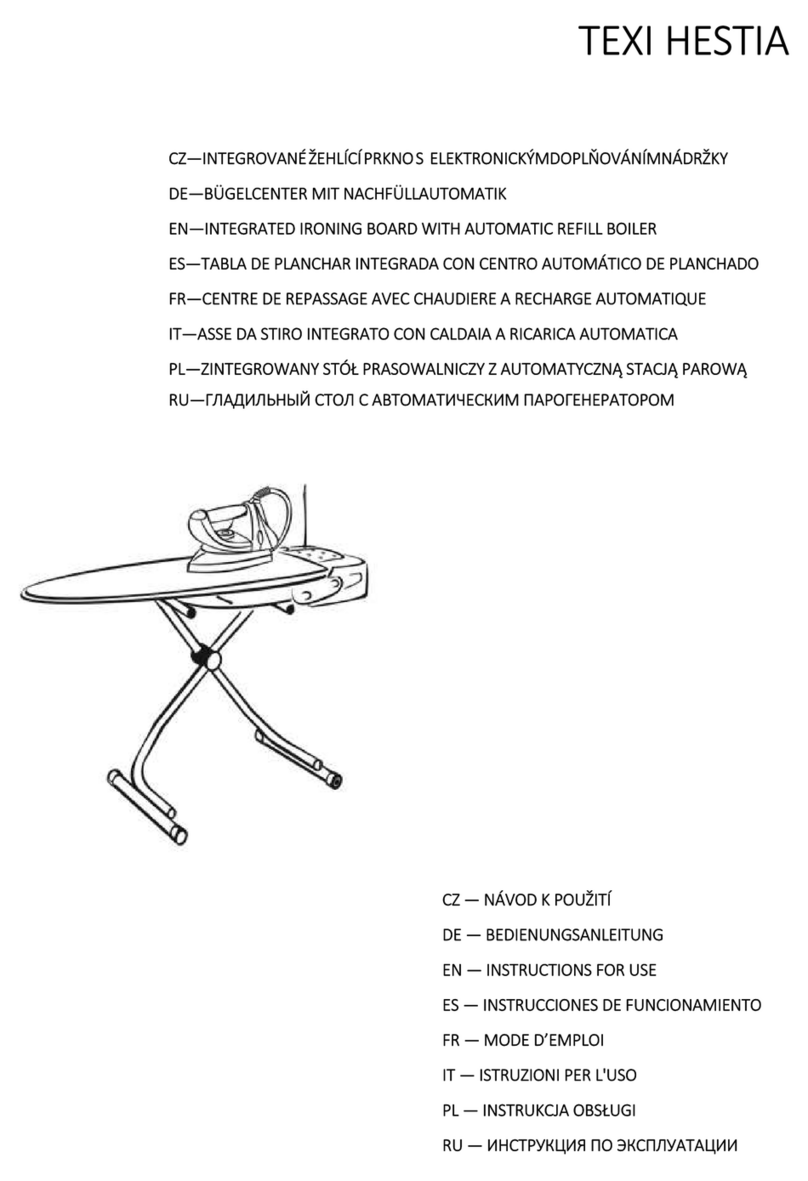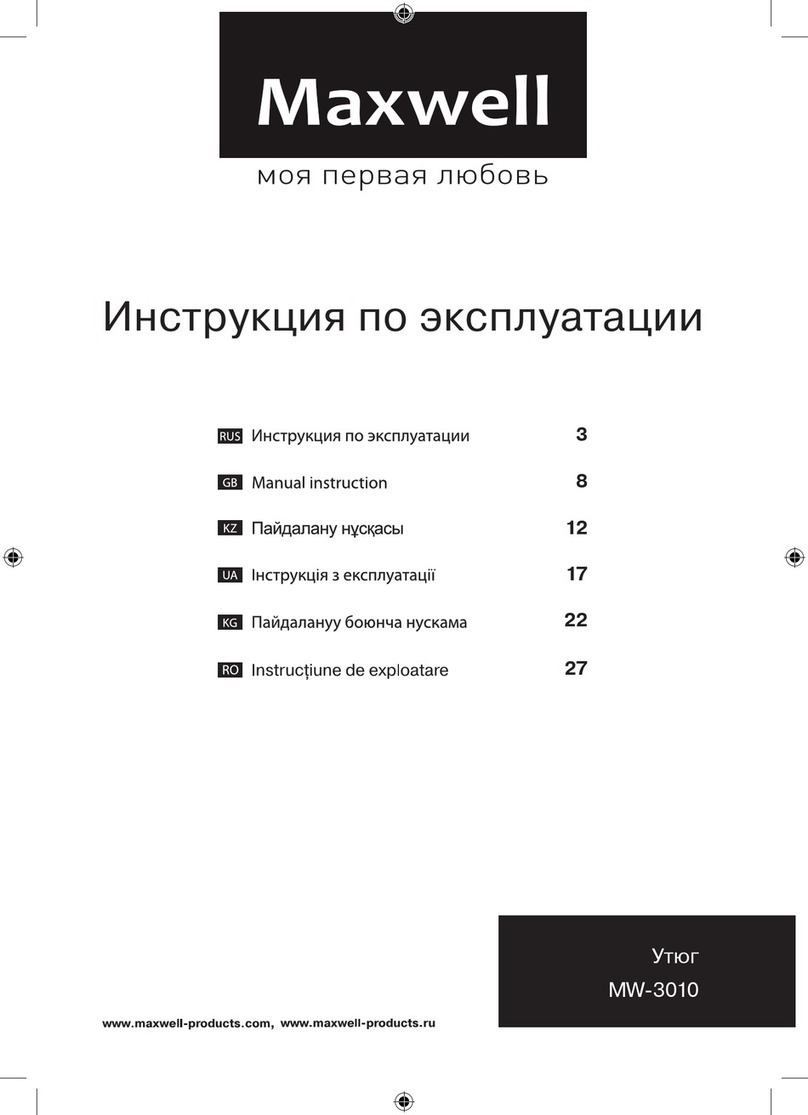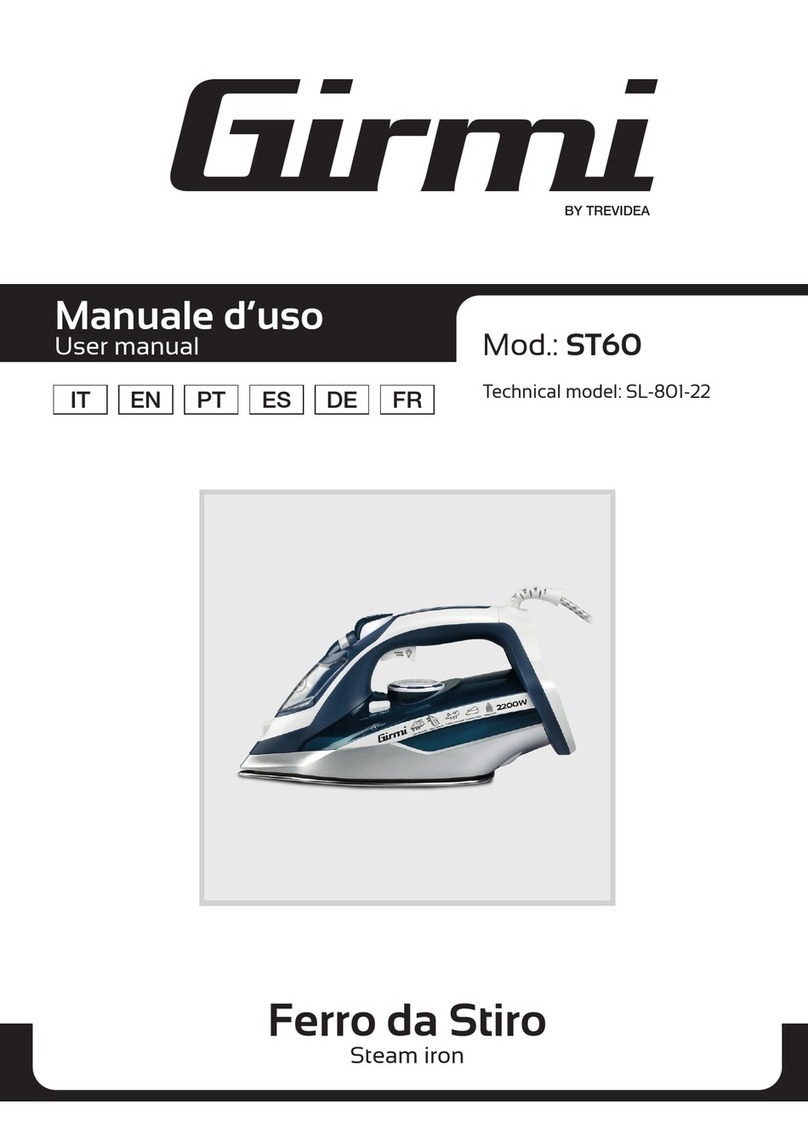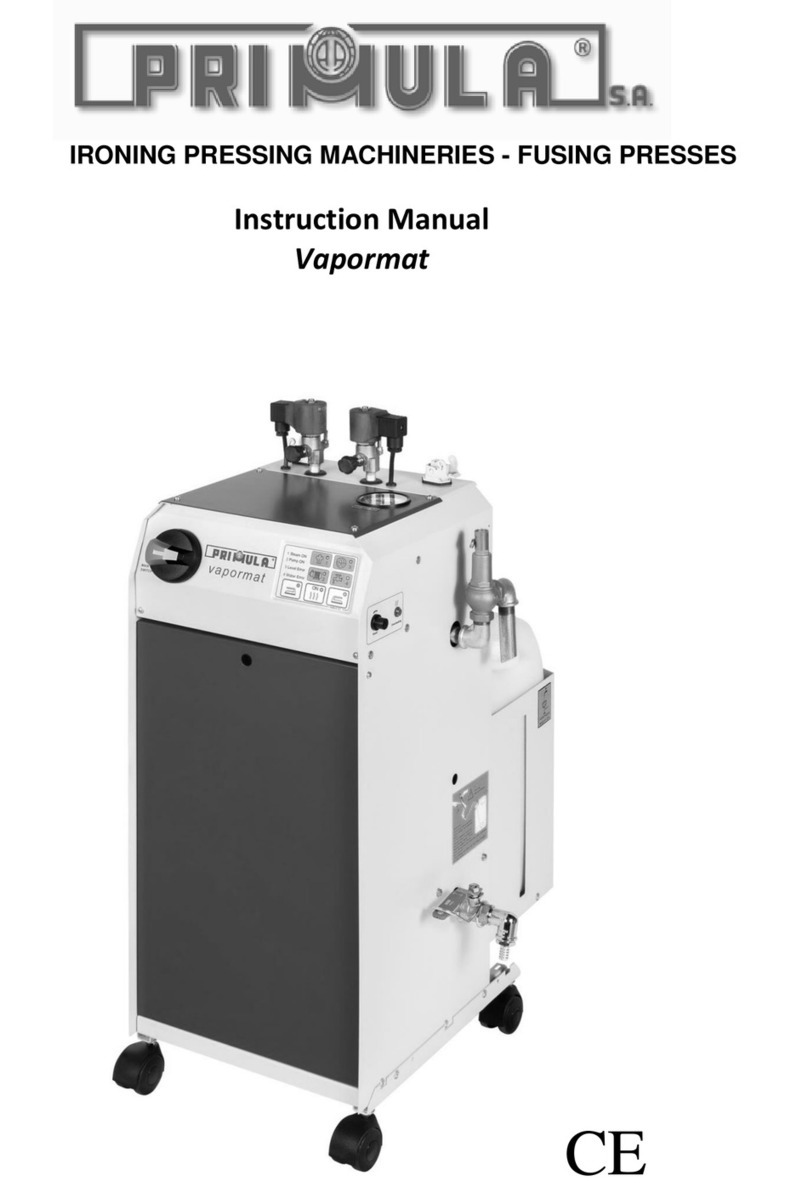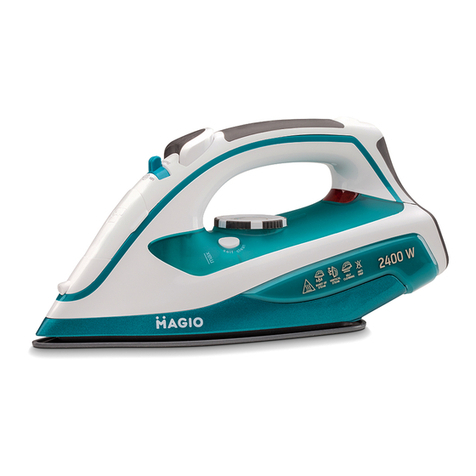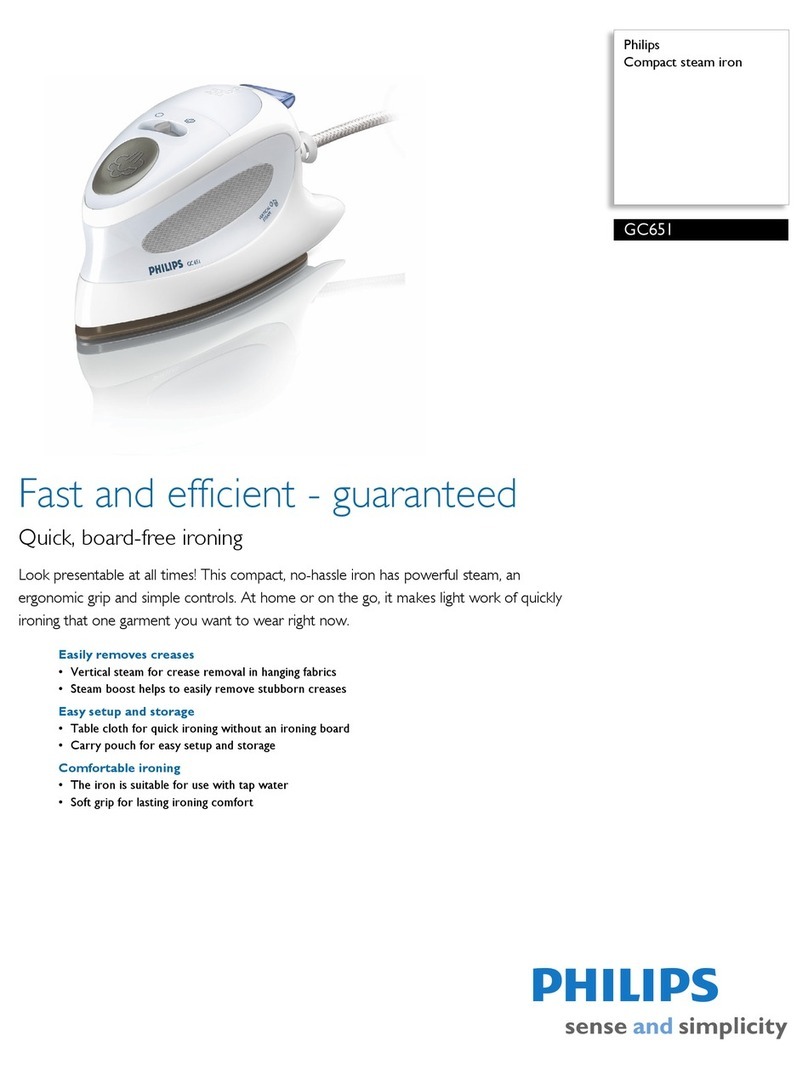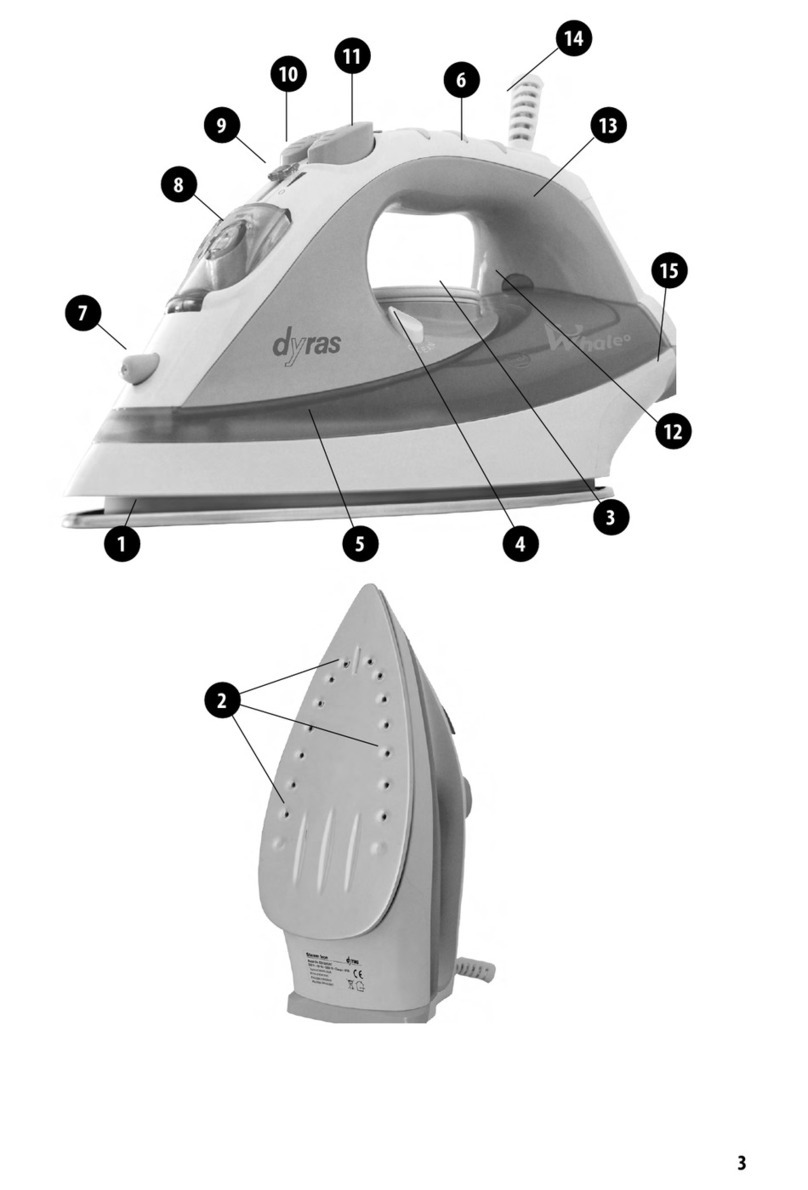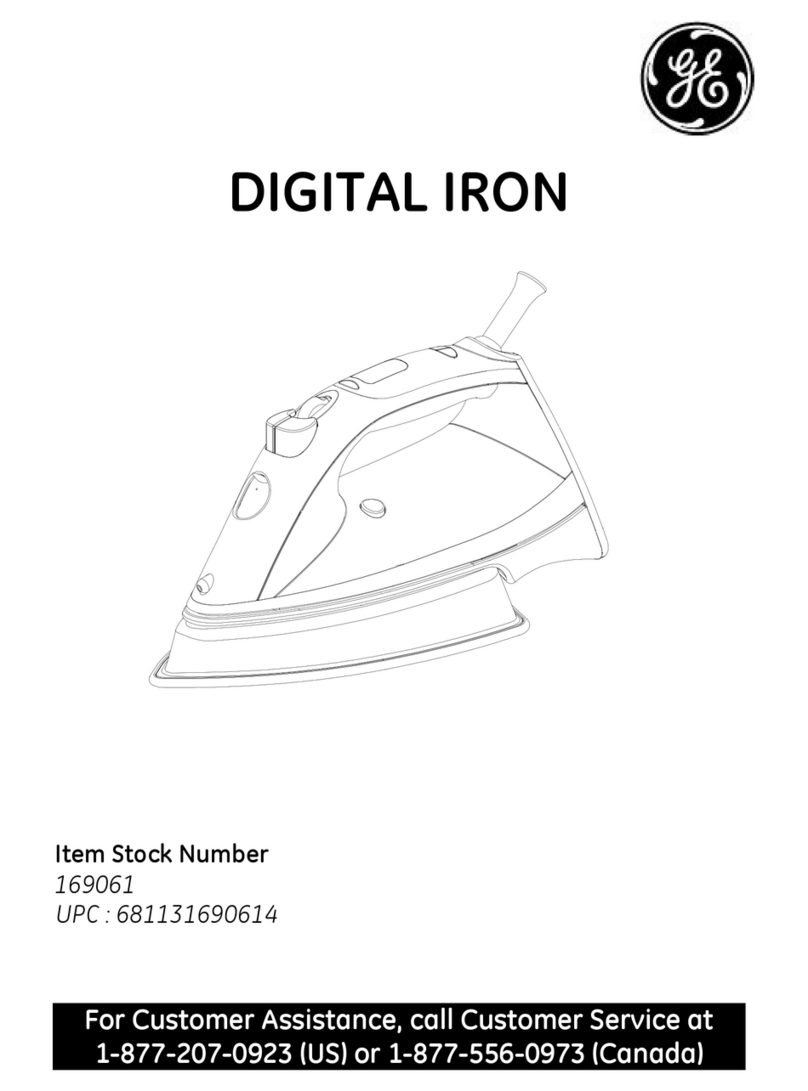Read the operating instructions care-
fully before using this appliance for
the first time. They contain important
information about the safety, use and
maintenance of the appliance. This
way you will avoid the risk of acci-
dents, and damage to the appliance.
Keep these instructions in a safe
place for reference, and pass them
on to any future user.
Appropriate use
This rotary ironer is intended exclu-
sively for ironing textiles which are
suitable for machine ironing and which
have been washed in water.
Technical and electrical safety
Before setting up the appliance,
check it for any externally visible
damage. Do not install and use a dam-
aged appliance.
A damaged appliance is danger-
ous. Switch off at the mains and call
the Service Department for assistance.
Before connecting the appliance,
ensure that the connection data on
the data plate (fusing, voltage and fre-
quency) match the mains electricity
supply. If in any doubt, consult a quali-
fied electrician.
The electrical safety of this appli-
ance can only be guaranteed when
continuity is complete between the ap-
pliance and an effective earthing sys-
tem which complies with local and na-
tional safety regulations. It is most im-
portant that this basic safety
requirement is regularly tested by a
qualified electrician. The manufacturer
cannot be held responsible for the con-
sequences of an inadequate earthing
system.
The appliance is built in accor-
dance with current safety require-
ments. Unauthorised repairs could re-
sult in unforeseen dangers for the user,
for which the manufacturer cannot ac-
cept responsibility. Repairs should only
be undertaken by a Miele approved en-
gineer.
Ensure current is not supplied to the
appliance while maintenance or repair
work is being carried out.
Faulty components must only be
exchanged for Miele original spare
parts. Only when these parts are fitted
can the safety standards of the appli-
ance be guaranteed.
The appliance is only completely
isolated from the electricity supply
when:
–it is switched off at the wall socket
and the plug is withdrawn, or
–it is switched off at the mains, or
–the mains fuse is withdrawn.
Only operate the rotary ironer when
all removable outer casings are fit-
ted so that it is not possible to touch any
electrical component or moving part.
This equipment is not designed for
maritime use or for use in mobile
-installations such as caravans, aircraft
etc. However it may be suitable for
such usage subject to a risk assess-
ment of the installation being carried
out be a suitably qualified engineer.
Warning and safety instructions
4
